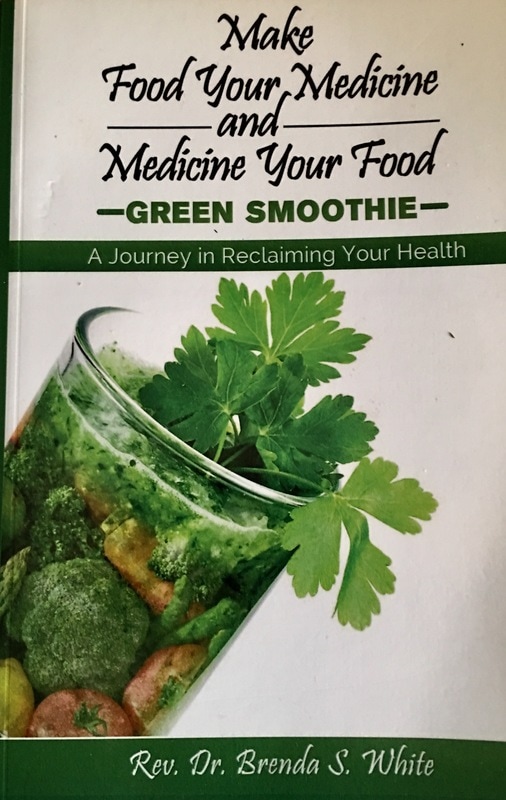
It is easier Than You Think:
It's easier than you think to start eating healthy! Take small steps each week to improve your nutrition and move toward a healthier you.
EIGHT HEALTHY EATING GOALSSmall changes can make a big difference to your health. Try incorporating at least six of the eight goals below into your diet. Commit to incorporating one new healthy eating goal each week over the next six weeks.
It's easier than you think to start eating healthy! Take small steps each week to improve your nutrition and move toward a healthier you.
EIGHT HEALTHY EATING GOALSSmall changes can make a big difference to your health. Try incorporating at least six of the eight goals below into your diet. Commit to incorporating one new healthy eating goal each week over the next six weeks.
Make half your plate fruits and vegetables: Choose red, orange, and dark-green vegetables like tomatoes, sweet potatoes, and broccoli, along with other vegetables for your meals. Add fruit to meals as part of main or side dishes or as dessert. The more colorful you make your plate, the more likely you are to get the vitamins, minerals, and fiber your body needs to be healthy.
Make half the grains you eat whole grains: An easy way to eat more whole grains is to switch from a refined-grain food to a whole-grain food. For example, eat whole-wheat bread instead of white bread. Read the ingredients list and choose products that list a whole-grain ingredients first. Look for things like: "whole wheat," "brown rice," "bulgur," "buckwheat," "oatmeal," "rolled oats," quinoa," or "wild rice."
Switch to fat-free or low-fat (1%) milk: Both have the same amount of calcium and other essential nutrients as whole milk, but fewer calories and less saturated fat.
Choose a variety of lean protein foods: Meat, poultry, seafood, dry beans or peas, eggs, nuts, and seeds are considered part of the protein foods group. Select leaner cuts of ground beef (where the label says 90% lean or higher), turkey breast, or chicken breast.
Compare sodium in foods: Use the Nutrition Facts label to choose lower sodium versions of foods like soup, bread, and frozen meals. Select canned foods labeled "low sodium," "reduced sodium," or "no salt added."
Drink water instead of sugary drinks: Cut calories by drinking water or unsweetened beverages. Soda, energy drinks, and sports drinks are a major source of added sugar and calories in American diets. Try adding a slice of lemon, lime, or watermelon or a splash of 100% juice to your glass of water if you want some flavor.
Eat some seafood: Seafood includes fish (such as salmon, tuna, and trout) and shellfish (such as crab, mussels, and oysters). Seafood has protein, minerals, and omega-3 fatty acids (heart-healthy fat). Adults should try to eat at least eight ounces a week of a variety of seafood. Children can eat smaller amounts of seafood, too.
Cut back on solid fats: Eat fewer foods that contain solid fats. The major sources for Americans are cakes, cookies, and other desserts (often made with butter, margarine, or shortening); pizza; processed and fatty meats (e.g., sausages, hot dogs, bacon, ribs); and ice cream.
Make half the grains you eat whole grains: An easy way to eat more whole grains is to switch from a refined-grain food to a whole-grain food. For example, eat whole-wheat bread instead of white bread. Read the ingredients list and choose products that list a whole-grain ingredients first. Look for things like: "whole wheat," "brown rice," "bulgur," "buckwheat," "oatmeal," "rolled oats," quinoa," or "wild rice."
Switch to fat-free or low-fat (1%) milk: Both have the same amount of calcium and other essential nutrients as whole milk, but fewer calories and less saturated fat.
Choose a variety of lean protein foods: Meat, poultry, seafood, dry beans or peas, eggs, nuts, and seeds are considered part of the protein foods group. Select leaner cuts of ground beef (where the label says 90% lean or higher), turkey breast, or chicken breast.
Compare sodium in foods: Use the Nutrition Facts label to choose lower sodium versions of foods like soup, bread, and frozen meals. Select canned foods labeled "low sodium," "reduced sodium," or "no salt added."
Drink water instead of sugary drinks: Cut calories by drinking water or unsweetened beverages. Soda, energy drinks, and sports drinks are a major source of added sugar and calories in American diets. Try adding a slice of lemon, lime, or watermelon or a splash of 100% juice to your glass of water if you want some flavor.
Eat some seafood: Seafood includes fish (such as salmon, tuna, and trout) and shellfish (such as crab, mussels, and oysters). Seafood has protein, minerals, and omega-3 fatty acids (heart-healthy fat). Adults should try to eat at least eight ounces a week of a variety of seafood. Children can eat smaller amounts of seafood, too.
Cut back on solid fats: Eat fewer foods that contain solid fats. The major sources for Americans are cakes, cookies, and other desserts (often made with butter, margarine, or shortening); pizza; processed and fatty meats (e.g., sausages, hot dogs, bacon, ribs); and ice cream.



 RSS Feed
RSS Feed